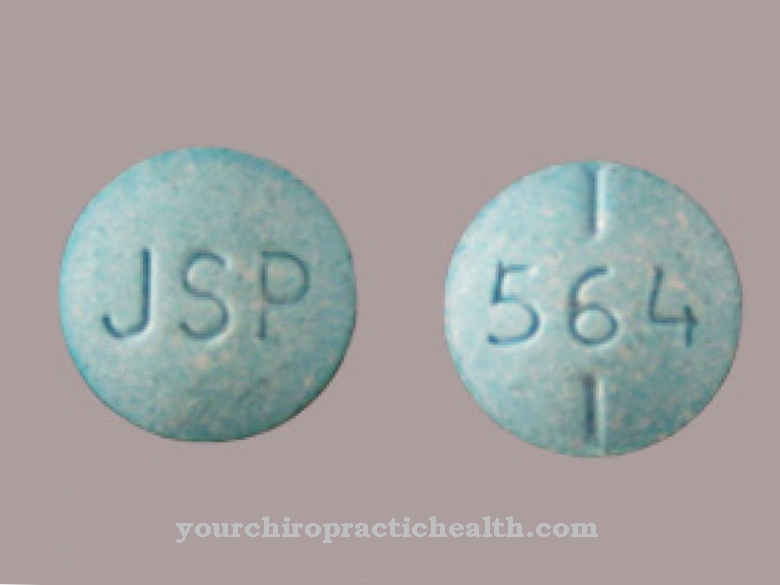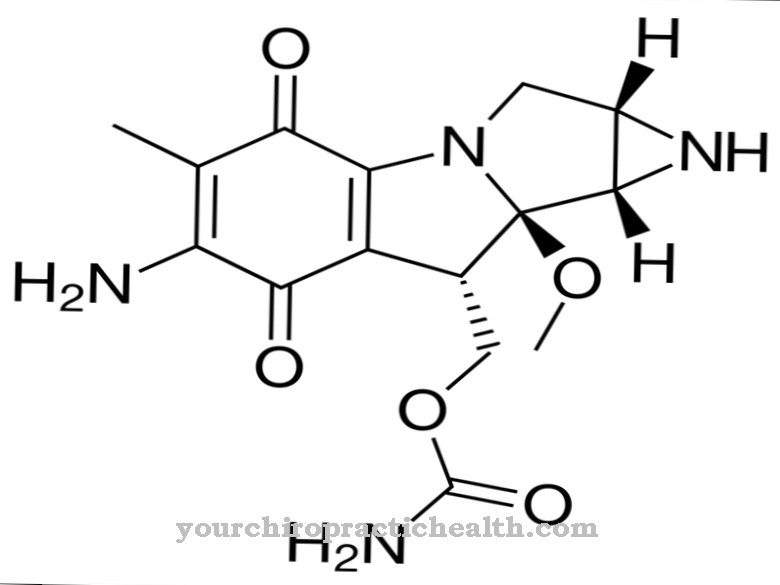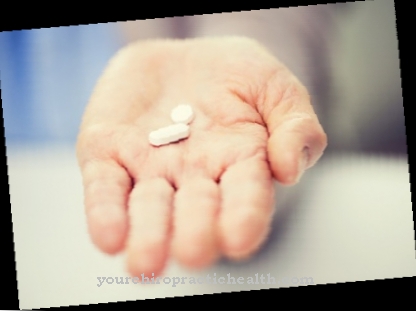At Bromocriptine it is an active ingredient that belongs to the group of ergot alkaloids. The active ingredient is primarily used if a disease is present that can be attributed to an excessively high level of prolactin in the blood.
What is bromocriptine?

By definition is Bromocriptine a special active ingredient that falls into the category of dopamine agonists. Due to its special properties, bromocriptine is mainly used for health problems and diseases that can be traced back to an excessively high concentration of prolactin in the blood.
Prolactin is a certain hormone that is responsible, among other things, for the fact that the mammary gland grows and the production of breast milk takes place during pregnancy. The active ingredient bromocriptine ensures that the production of the hormone is inhibited.
Among other things, this effect means that the drug is often used after the end of breastfeeding, i.e. for weaning. In most cases, bromocriptine is used in the form of salt, namely bromocriptine mesilate. The active ingredient bromocriptine requires a prescription, mainly due to possible side effects.
Pharmacological effect
It is called a dopamine agonist Bromocriptine classified in the group of ergot alkaloids and unfolds its effect in various places in the brain.
A direct effect is achieved, for example, on the dopamine receptors, so that an effect occurs similar to that of the body's own hormone. Specifically, the effect on these receptors, which are located in the area of the pituitary gland (pituitary gland), means that the production or rather the release of prolactin is inhibited. Because of this mode of action, bromocriptine can improve menstrual disorders or undesirable milk flow.
It is important to know that this effect persists even if the active ingredient is used over a relatively long period of time. Thus, the effect continues unabated in the course of long-term use. Another effect is that not only the release of prolactin is inhibited, but also the growth hormone somatotropin at the same time.Because of this effect, bromocriptine is used, among other things, to treat acromegaly (the pituitary gland produces far too high amounts of growth hormones).
Medical application & use
One advantage of the active ingredient Bromocriptine is, among other things, that there are different areas of application in medicine. Because of the effects already shown, bromocriptine is used, for example, in Parkinson's disease, also known as paralysis.
It is typical for Parkinson's disease that the neurotransmitter dopamine is not available in the brain or its production is significantly reduced. However, since the breakdown of the messenger substance remains the same, a deficiency occurs after a while. The active ingredient bromocriptine can then have a positive effect on the disease due to its properties. Another common use is to prevent the natural flow of milk after pregnancy.
Another area of application are metabolic disorders that occur in adulthood and are characterized by an excessive production of the body's own growth hormone. These disorders are also known as acromegaly and are primarily noticeable through above-average growth in the area of the nose, chin or ears. But bromocriptine is also used successfully in the event of a metabolic disorder characterized by an increased production of the hormone prolactin.
Risks & side effects
There are some side effects encountered while taking Bromocriptine can occur relatively frequently. These include headaches, loss of appetite, dizziness, vomiting, other gastrointestinal complaints, fatigue or even depression.
In addition, there are occasional side effects, such as allergic skin reactions, anxiety, nervousness, muscle cramps, circulatory disorders, sleep disorders, visual disorders or dry mouth.
In addition, in rare cases, facial pallor, high blood pressure, shortness of breath or even a heart attack and a stroke can occur as side effects. However, these side effects are relatively rare. Very rarely occurring side effects include gastrointestinal bleeding, cardiac arrhythmias and disorders in the language area.
























.jpg)



